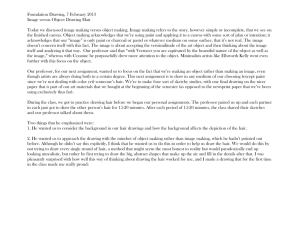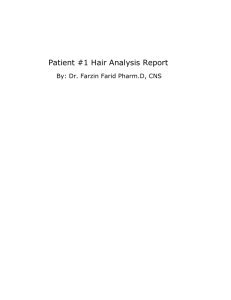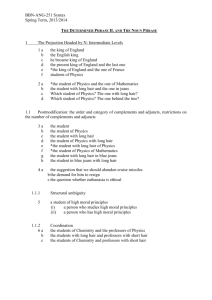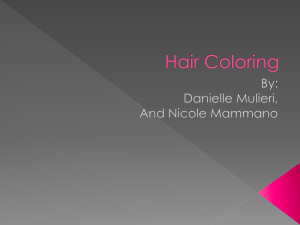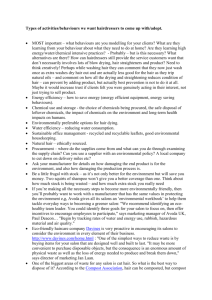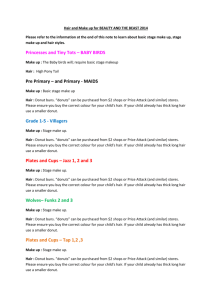Hair Analysis Extraction of Copper
advertisement
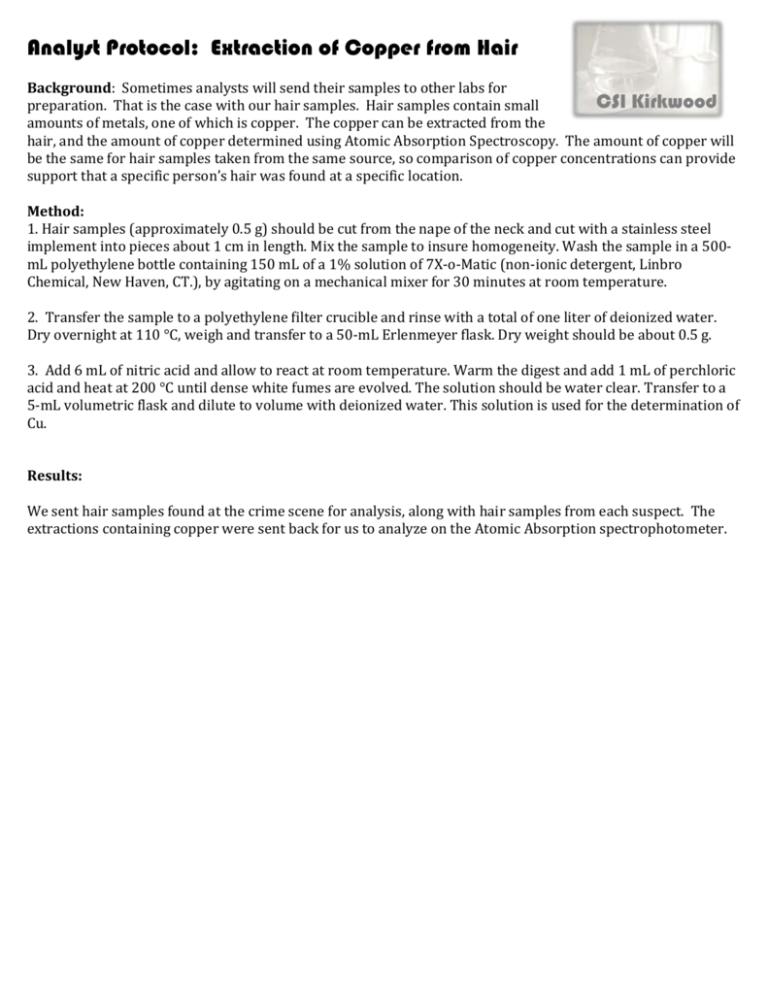
Analyst Protocol: Extraction of Copper from Hair Background: Sometimes analysts will send their samples to other labs for CSI Kirkwood preparation. That is the case with our hair samples. Hair samples contain small amounts of metals, one of which is copper. The copper can be extracted from the hair, and the amount of copper determined using Atomic Absorption Spectroscopy. The amount of copper will be the same for hair samples taken from the same source, so comparison of copper concentrations can provide support that a specific person’s hair was found at a specific location. Method: 1. Hair samples (approximately 0.5 g) should be cut from the nape of the neck and cut with a stainless steel implement into pieces about 1 cm in length. Mix the sample to insure homogeneity. Wash the sample in a 500mL polyethylene bottle containing 150 mL of a 1% solution of 7X-o-Matic (non-ionic detergent, Linbro Chemical, New Haven, CT.), by agitating on a mechanical mixer for 30 minutes at room temperature. 2. Transfer the sample to a polyethylene filter crucible and rinse with a total of one liter of deionized water. Dry overnight at 110 °C, weigh and transfer to a 50-mL Erlenmeyer flask. Dry weight should be about 0.5 g. 3. Add 6 mL of nitric acid and allow to react at room temperature. Warm the digest and add 1 mL of perchloric acid and heat at 200 °C until dense white fumes are evolved. The solution should be water clear. Transfer to a 5-mL volumetric flask and dilute to volume with deionized water. This solution is used for the determination of Cu. Results: We sent hair samples found at the crime scene for analysis, along with hair samples from each suspect. The extractions containing copper were sent back for us to analyze on the Atomic Absorption spectrophotometer.





